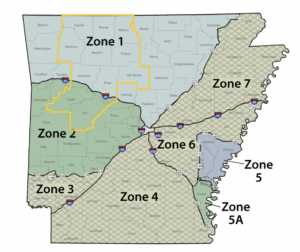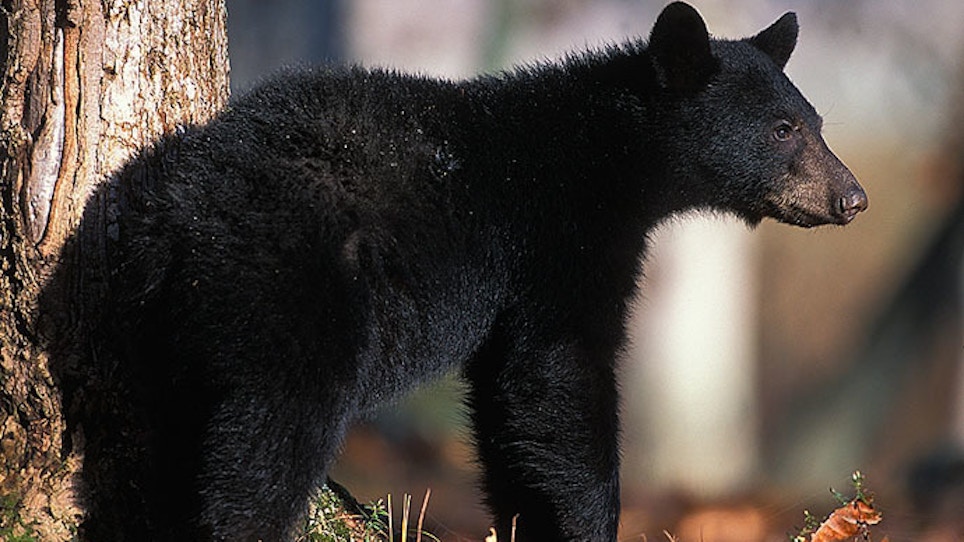Setting hunting seasons for game animals, such as black bears, isn't as simple as a few biologists presenting opinions to a state agency board that numbers are high and therefore hunting is in play as an effective management tool.
So how do biologists or other researchers gain information about a bear population to establish a season? They split hairs, so to speak, and come up with data to support their ultimate recommendations.

Officials with the Arkansas Game and Fish Commission are considering a bear hunting season for Zone 4, which currently does not have one.
Researchers with the Arkansas Game and Fish Commission and the University of Arkansas at Monticello are doing this kind of work this summer. Arkansas has four bear seasons in the the state — amid the gorgeous Ouachita and Ozark ranges — but are considering establishing a season in what the AGFC calls Zone 4 in its Gulf Coastal Plain of southern Arkansas.
“What we hope to see from this information is whether there’s a sustainable population,” said Myron Means, AGFC Large Carnivore Program coordinator, in a press release. “If it is, we’ll proceed with a hunt.”
How they count bears
Beginning July 1 and going for six weeks, the researchers will set up and monitor "hair traps" to get population density data. According to the AGFC, the traps are rings of barbed wire around trees, which are baited. As bears investigate the bait, they rub against the barbed wire, which snags hairs. The hairs then can be analyzed and DNA tested to determine how many bears visited each bait site. From there, biologists can estimate total populations in the area.
The researchers are having to work with willing private landowners to conduct the study since most of the land in the Gulf Coastal Plain is privately owned. However, with numerous photos submitted by hunters and landowners of destroyed feeders and other equipment, it's likely that cooperation will be good if the result could be a season to help manage the bear population.
The AGFC is looking for landowners who wish to help with the research by contacting the agency's regional office in Camden (877-836-4612). Photos or videos of bears with cubs would be helpful too, with one goal being to increase the number of collared bears for research in the area to further justify the need for a hunting season.
And there you have it. Instead of just setting a season, or saying one isn't needed, some somewhat simple but also challenging field work is needed and helpful to get the data and information.
More top picks from Predator Xtreme:
How to scout in summer for coyotes
3 tips to hunt coyotes the simplest way possible
Coyote 101: Understanding how songdogs rear pups
Wild hogs: A must-hunt species






